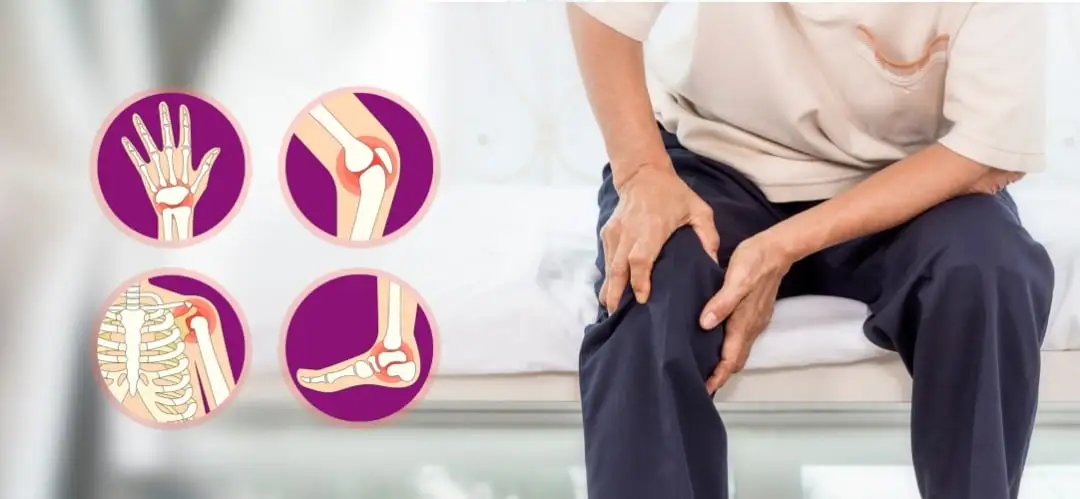Effective Treatment and Care for Arthritis: 5 Key Approaches
Arthritis is a common condition that causes inflammation in the joints, leading to pain, stiffness, and limited mobility. It affects millions of people worldwide and can have a significant impact on daily life. Fortunately, there are various treatments and strategies that can help manage arthritis symptoms, improve quality of life, and enhance mobility. Here are five essential approaches to arthritis care:
1. Medication for Pain Relief and Inflammation Reduction
Medications play a crucial role in managing arthritis symptoms. Nonsteroidal anti-inflammatory drugs (NSAIDs), such as ibuprofen and naproxen, are commonly used to reduce inflammation and relieve pain. For more severe cases, disease-modifying antirheumatic drugs (DMARDs) or biologics may be prescribed. These medications aim to slow down the progression of the disease, especially in conditions like rheumatoid arthritis. Pain-relieving medications, such as acetaminophen, may also be used to help ease discomfort.
2. Physical Therapy and Exercise
Engaging in regular physical activity is vital for people with arthritis. Low-impact exercises, such as swimming, walking, and cycling, can help strengthen muscles around the joints, improve flexibility, and reduce stiffness. A physical therapist can design an individualized exercise program tailored to a person’s specific needs and limitations. Stretching exercises can also help improve joint range of motion, making it easier to perform everyday tasks.
3. Weight Management
Carrying excess weight puts additional stress on the joints, particularly the knees, hips, and lower back. Maintaining a healthy weight is a critical aspect of arthritis care, as it helps reduce joint pain and inflammation. A balanced diet rich in anti-inflammatory foods, such as omega-3 fatty acids found in fish, and fruits and vegetables, can support overall joint health. For those with osteoarthritis, losing weight can significantly improve mobility and decrease pain levels.
4. Joint Protection and Assistive Devices
Joint protection techniques and the use of assistive devices can make daily tasks more manageable and help prevent further joint damage. Simple strategies, such as using ergonomic tools or joint braces, can reduce the strain on affected areas. Occupational therapists can help recommend devices like grab bars, walking aids, or special utensils to make everyday activities easier and safer. These devices can enhance independence and reduce the risk of injury.
5. Surgical Options
In some cases, when other treatments fail to provide relief, surgery may be considered. Surgical interventions can range from minimally invasive procedures, such as arthroscopy, to more extensive surgeries like joint replacement. Total joint replacement, particularly in the hip or knee, is a common procedure that can dramatically improve mobility and reduce pain. However, surgery is typically reserved for those with severe arthritis where other treatment options have not been effective.
Conclusion
Managing arthritis involves a comprehensive approach that combines medication, physical activity, weight management, joint protection, and, when necessary, surgery. The goal of treatment is to reduce pain, enhance mobility, and improve the overall quality of life. Working closely with healthcare providers and specialists can ensure the best possible outcomes for those living with arthritis.

